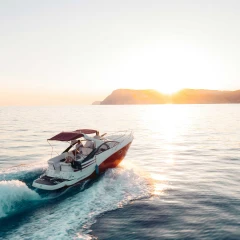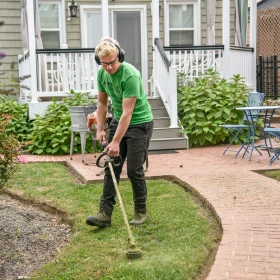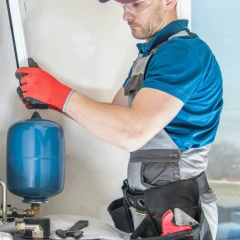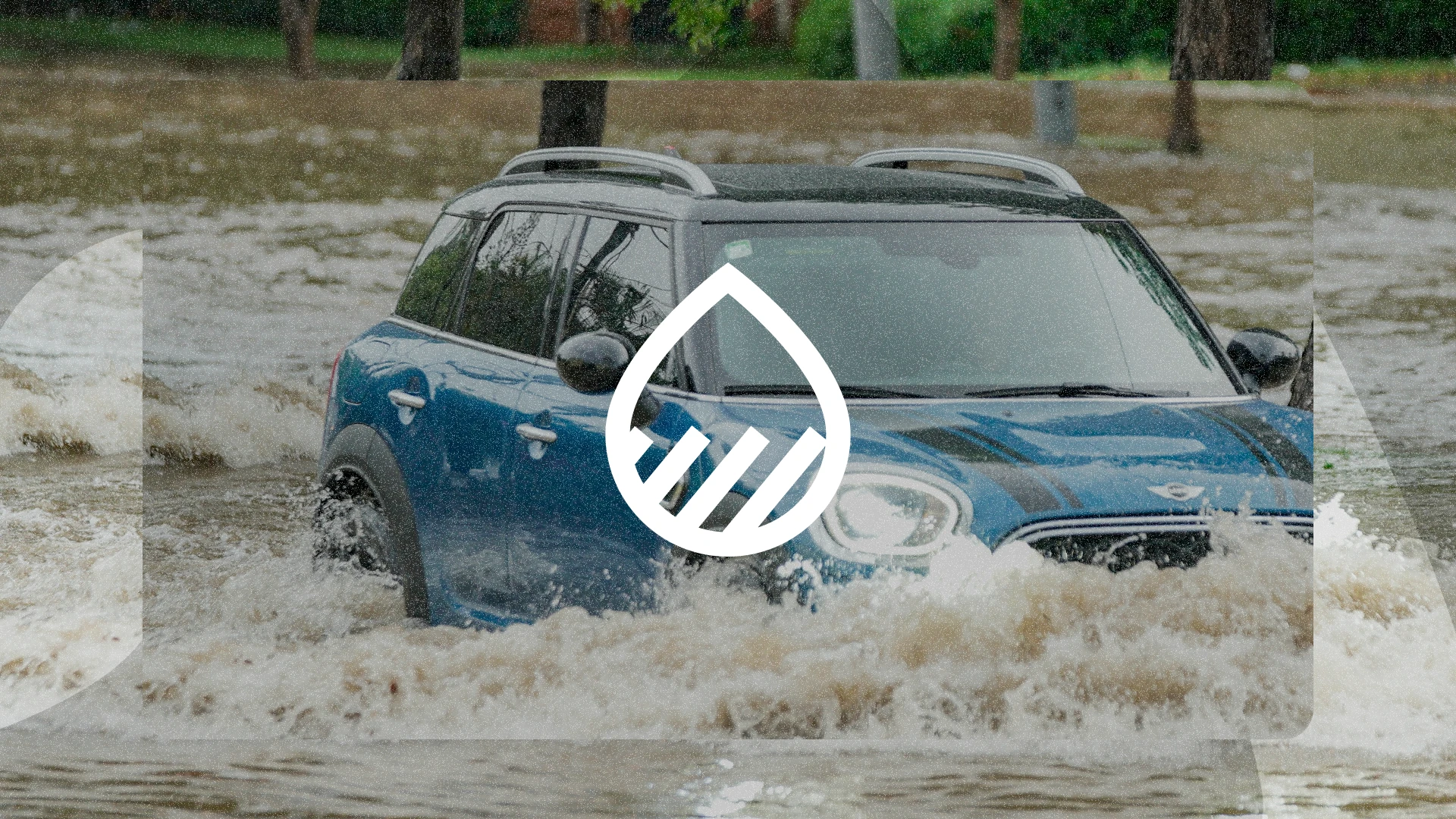Floods can total a vehicle in seconds. With extreme weather events on the rise, more drivers are asking: does car insurance cover flood damage? The answer depends on your coverage and the situation.
Does Standard Car Insurance Cover Flood Damage?
If you only carry liability insurance (the minimum required in most states), flood damage is not covered. Liability only covers damage you cause to other people or property—not your own vehicle.
To have the possibility of protecting your car against flood-related damage, you need comprehensive coverage, an optional add-on that covers certain non-collision events.
What is Comprehensive Coverage?
Comprehensive insurance is designed to help pay for damage to your car caused by events outside of your control, such as:
- Flooding or flash floods
- Fire
- Theft or vandalism
- Falling objects (like trees or hail)
- Natural disasters (e.g. hurricanes, tornadoes)
If your vehicle is damaged or totaled by water, comprehensive coverage may help cover the cost of repairs or actual cash value of your car, minus your deductible.
Note: Comprehensive policies vary. Always review the fine print of your plan to confirm what’s included.
Examples of When Flood Damage May Be Covered
You’re generally more likely to be covered with comprehensive insurance in situations like:
- Your parked car is damaged during a storm or hurricane:
- Water rises in your neighborhood and enters your garage, damaging the vehicle’s interior and electronics. This type of damage is typically eligible under comprehensive coverage.
- Flash flooding affects your vehicle while parked at work:
- Heavy rain causes water to pool and seep into your car, resulting in electrical failure. In this instance, comprehensive insurance may apply, depending on how and when the damage occurred.
- Your vehicle is swept away by rising water at a campsite:
- The car is later recovered but deemed a total loss. Comprehensive coverage may help, but the claim would be reviewed for details such as negligence, declared flood zones, or warnings ignored.
When Flood Damage May Not Be Covered
Even with comprehensive insurance, there are times when claims may be denied:
- If you drove into standing water: This could be considered negligence, especially if signs or warnings were ignored.
- If your policy lapsed or wasn’t active: Damage that occurs during a coverage gap won’t be eligible.
- If you modified your vehicle in a way that increases risk and didn’t report it: Some upgrades or customizations can affect eligibility.
What To Do If Your Car Has Flood Damage
- Avoid starting the engine until the vehicle has been professionally inspected
- Document the damage with clear photos and video
- Contact your insurer immediately to begin the claims process
- Arrange for towing or inspection through your provider if needed
How to Prepare Your Policy for Flood Season
- Add or confirm comprehensive coverage
- Ask about roadside assistance in case you’re stranded
- Store your car on high ground during flood warnings
- Keep a waterproof document kit with your insurance info














